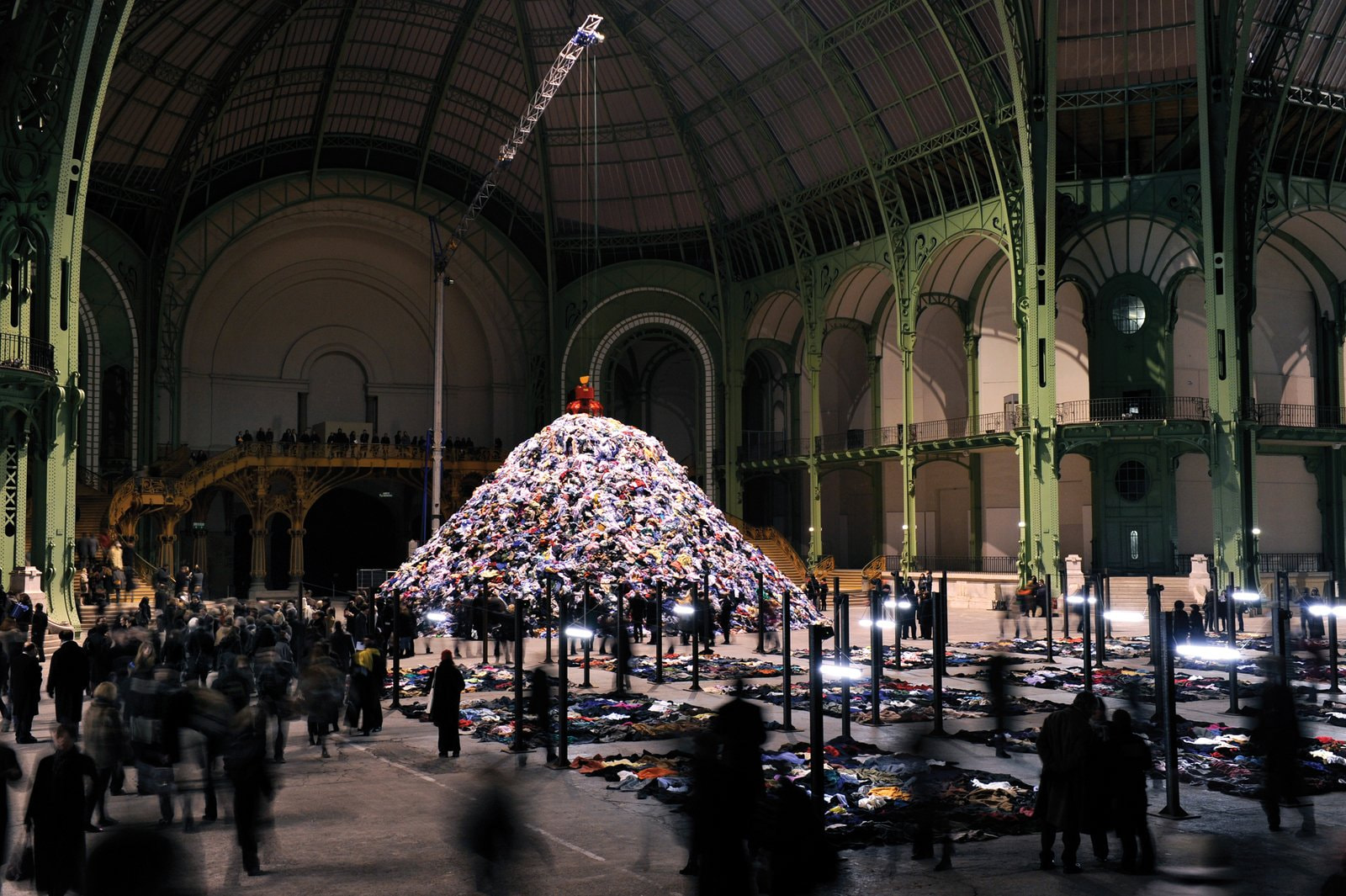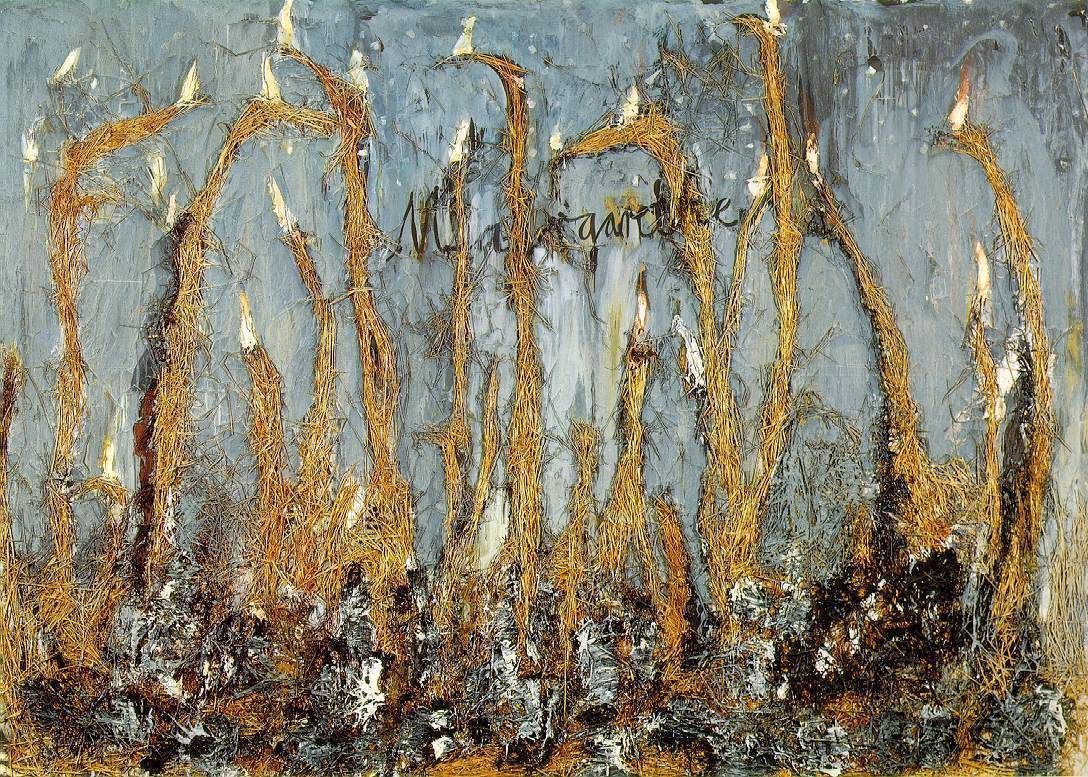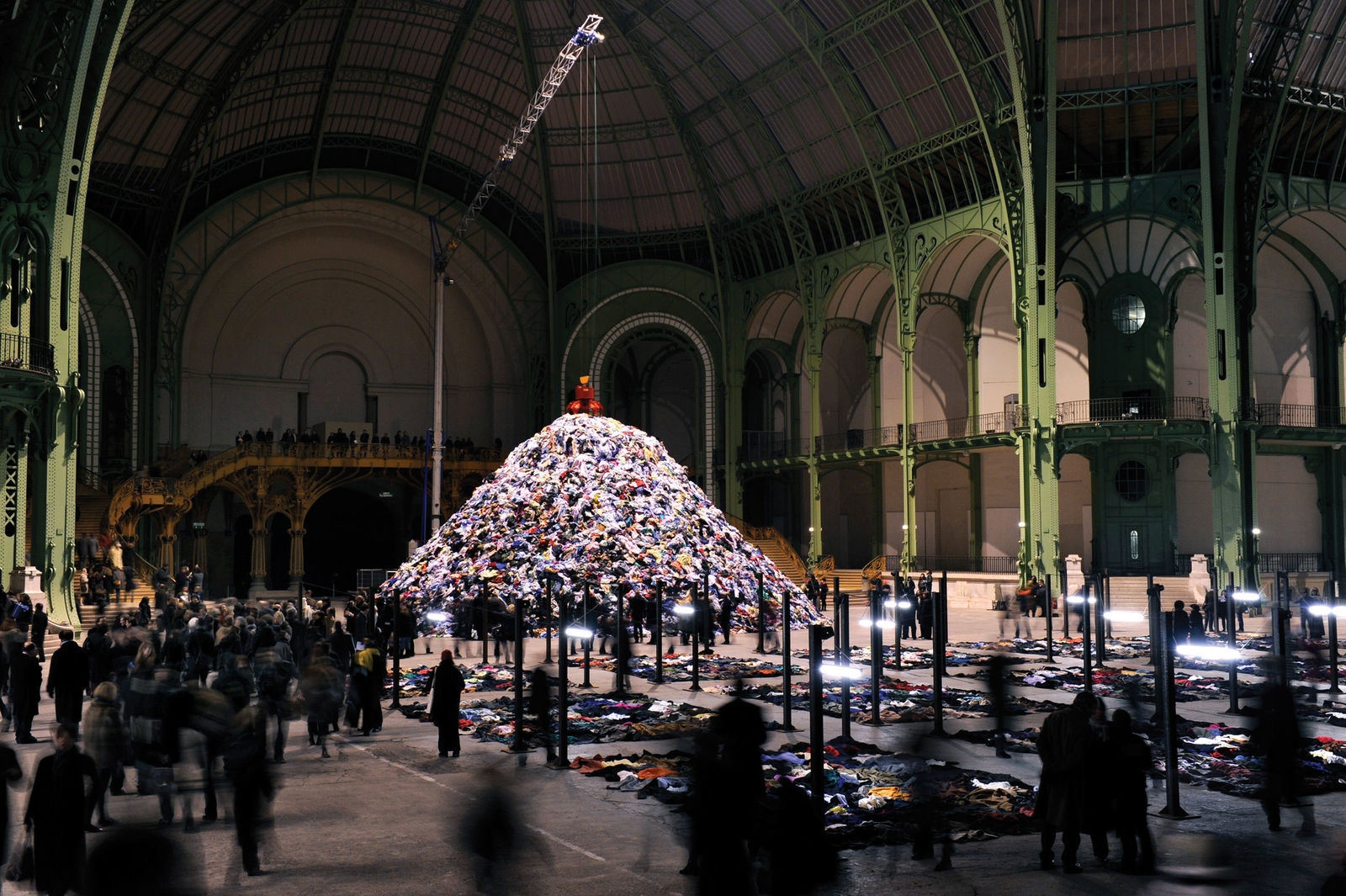Art historian Irina Kulik highlights the diverse approaches to representing history, while sketching parallels between two contemporary masters.
Themes of memory, history, collective and individual experience are central to Christian Boltanski’s (b. 1944) oeuvre. In the 1960s, the self-trained French artist was making mockumentary films and photo series. Later, his main medium became installation art, often appropriating found pieces. Boltanski is especially interested in the organization of space in his works. In the 1980s, his recurring motifs were the Holocaust and genocide represented in a number of major projects where, assembled together, objects, sounds and architecture generated powerful holistic environments. Boltanski represented France at the 54thVenice Biennale in 2011.
Anselm Kiefer (b. 1945) is a German artist, known for producing monumental canvases, architectural spaces and objects. While studying art in Düsseldorf, he was introduced to Joseph Beuys who spurred Kiefer’s preoccupation with history, the traumatic heritage of Nazi Germany and the aesthetics of the Third Reich in particular. Using sand, wood, straw, paper, fabric, text and found objects as his regular materials, Kiefer creates gigantic casts of the past where facts and myths, memories and fantasies are twisted into a single visual and spatial artwork.




